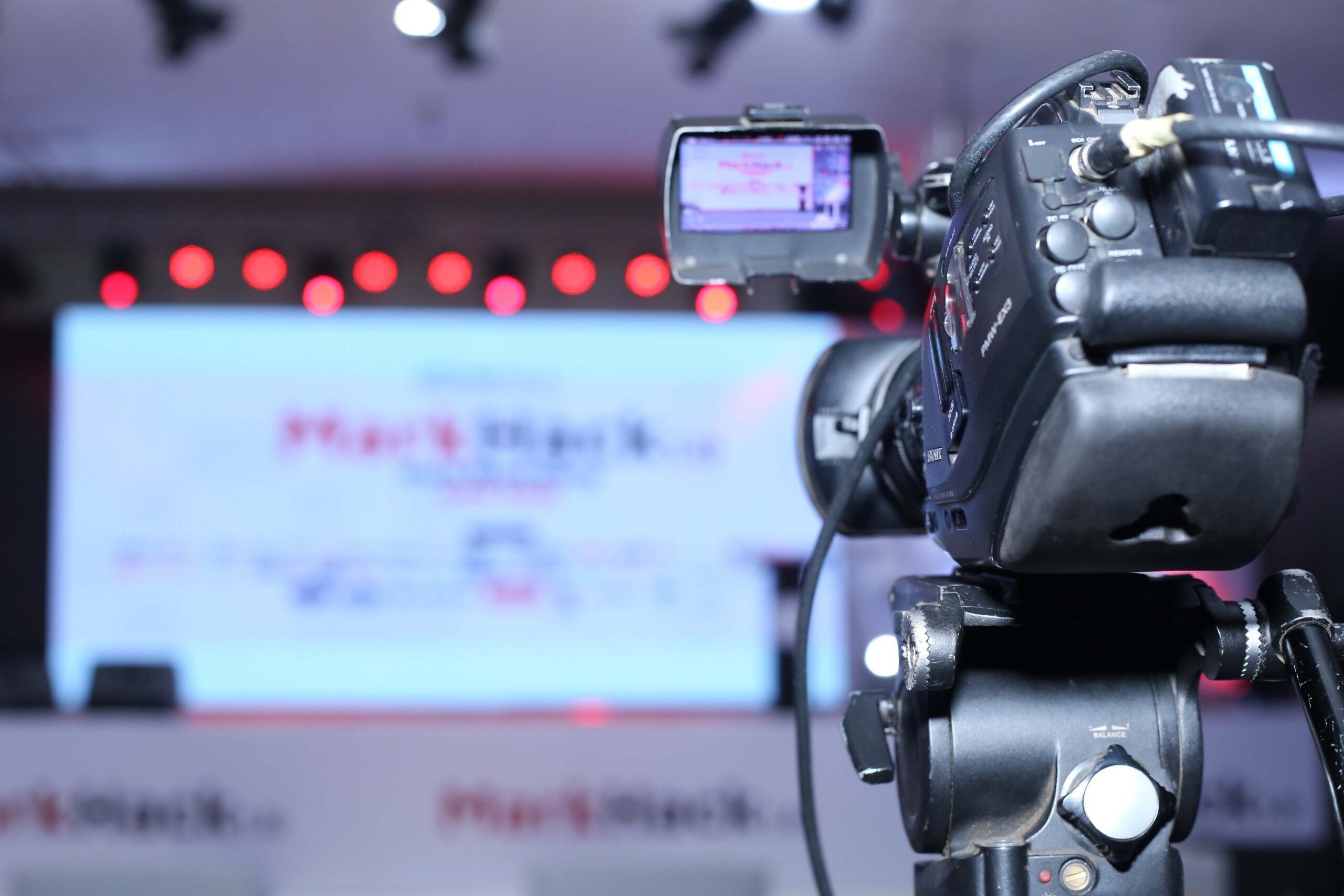Livestreaming event has become a very viable option for brands and individuals to reach out and connect with remote audiences. Be it an outdoor concert, a product launch, a conference, or onboarding new customers. You don’t need to get expensive equipment or gear to start streaming, the equipment set up required will determined by the nature of the event.
So how do you Livestream on Youtube?, you need to have equipment capable of pulling off a stream. Let us go through key equipment or gear you need to start streaming on Youtube.
1. Camera
There is a wide variety of cameras to choose from. For beginners and newbies, livestreaming with a smart phone can suffice, while it may not capture professional video standard quality. Professional-level video quality stream will require PTZ cameras, camcorders, DSLR, and mirrorless cameras.
For online video, the Fujifilm X-T4 is a great option; it shoots 10-Bit 4:2:2 DCI 4K video and offers a long battery life. So, for long streams, the camera lasts longer than other comparable cameras. The Canon M50 is the budget equivalent to the X-TA. It shoots 4K video at 24fps and also has long battery life. The Panasonic Lumix S5 and Sony a6400 are also great options. They’re both strong all-around cameras capable of shooting impressive video quality.
2. Audio
Livestream audiences are easily turned off when the sound is bad or muffled. Your audience needs to be able to hear you clearly and succinctly. It also needs to be good enough to where the audio isn’t distracting your audience from the content. If you’re streaming on your phone, a microphone is likely good enough.
There are also budget-friendly professional mics you can use for a more personal set up setup. For Professional set Ups a microphone may not be required if one is able to capture Mixed down audio from the digital audio mixer or dashboard. Wireless Lapel microphones are flexible to move around freely, but they need a dedicated receiver. You can connect the receiver station directly to your encoder or audio mixer.
3. Capture Card
A capture card is a device that has been designed and configured to record the audio and video signal from a console, a DSLR camera, or other external devices to create professional live streams or recordings.
So technically your capture card converts video and sound and transmit it to your live audience. capture cards don’t encode the data itself, but they facilitate the transmission from one end (Camera) to another (Console or streaming platform). The limitation of using your computer is the fact that you will need to use capture cards to “grab” the video signal from each camera.
4. Streaming Platform
The streaming platform is the destination online where the content will be consumed or available for viewers. There are various platforms available but the most popular ones will remain YouTube, Facebook Live, Instagram, Vimeo, periscope, etc. Streaming access can be private or public, paid or free, stream-only or convert to on-demand after.
if you intend for lots of people to join your live stream, don’t forget to thoroughly promote it ahead of time. It would be a shame if you stream a great event, and no one is there to see it. May as well have recorded it. There are pitfalls you should avoid and optimize your live streaming session, you can find that blog post Here
5.Vision Mixer (Optional)
Vison mixer or Switchers capture multiple videos and audio inputs and switch between them during livestreams. For larger, multi-camera productions (More than 2 or 3 Cameras), Vision mixers are extremely necessary. If you’re just streaming yourself with one camera, they’re optional and you can likely get by without one.
However, they do make streams look higher in production and allow you to seamlessly switch between inputs which includes cameras and presentations on laptops or other input. For instance, you can use a switcher to transition into a presentation and back to your camera set up during a live stream. There are quality switchers out there, but as far as recommendation go, the Blackmagic ATEM Mini Pro is a killer switcher that allows for direct streaming through its Ethernet connection. It can switch and stream up to four HDMI inputs to YouTube, Twitch and Facebook.
6. PC
For non professional Stream, your phone or a dedicated livestream system is enough if you have a reliable internet connection. The thing is though, desktops and laptops over so much more flexibility. Almost any computer can be used to live stream today. In general, you should consider using an i7 processor with 16 GBs of RAM and a solid state hard-drive for any new live streaming project with more than one or two cameras.
If you are streaming with only 1 program open and 1 or 2 cameras at 1080p, 4-6 cores is all you need. If you plan on having multiple programs open at once and/or streaming with multiple cameras you will likely need 6-10 cores to achieve smooth performance.
7. Encoder
Encoders convert large video files from your camera into files fitted for streaming on platforms like YouTube and Twitch. There are both software and hardware encoders available. Software encoders run on your computer or laptop. You can stream using your computer by installing streaming software. This method is known as software encoding,
Encoders convert your camera’s video files into codecs like H.264, which is typically the standard for streaming platforms. The purpose of encoding a video is to create a digital copy of your video that can be transmitted over the internet. Digital video content can be embedded or streamed live right on your website. Popular Encoders include Vmix, Vidblast, OBS. To find out features of encoders, click here.
We recommend starting with Streamlabs OBS since it’s free to use and a great software encoder. Though it has its limitations, for the average streamer, it’s a good option.
If you are looking for a unified streaming solution with both live and VOD streaming capabilities, please Get in Touch.



